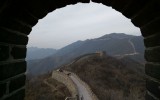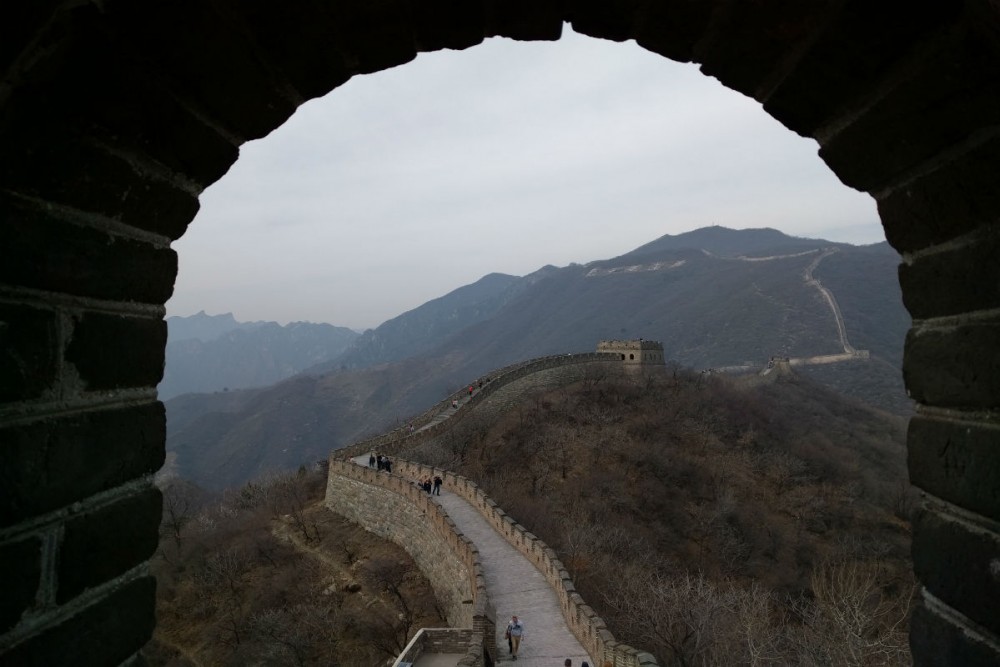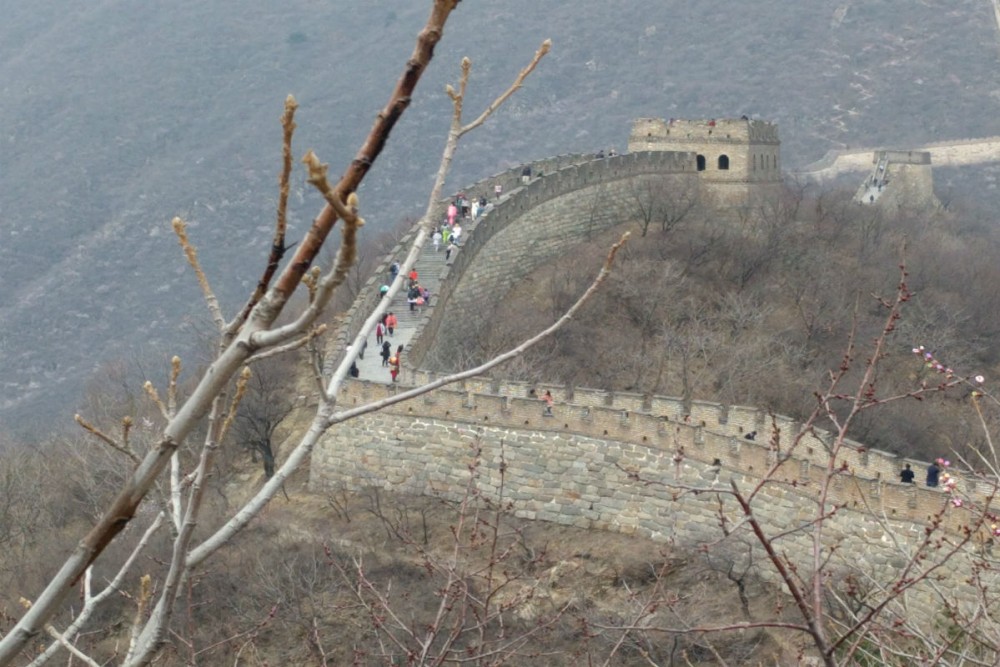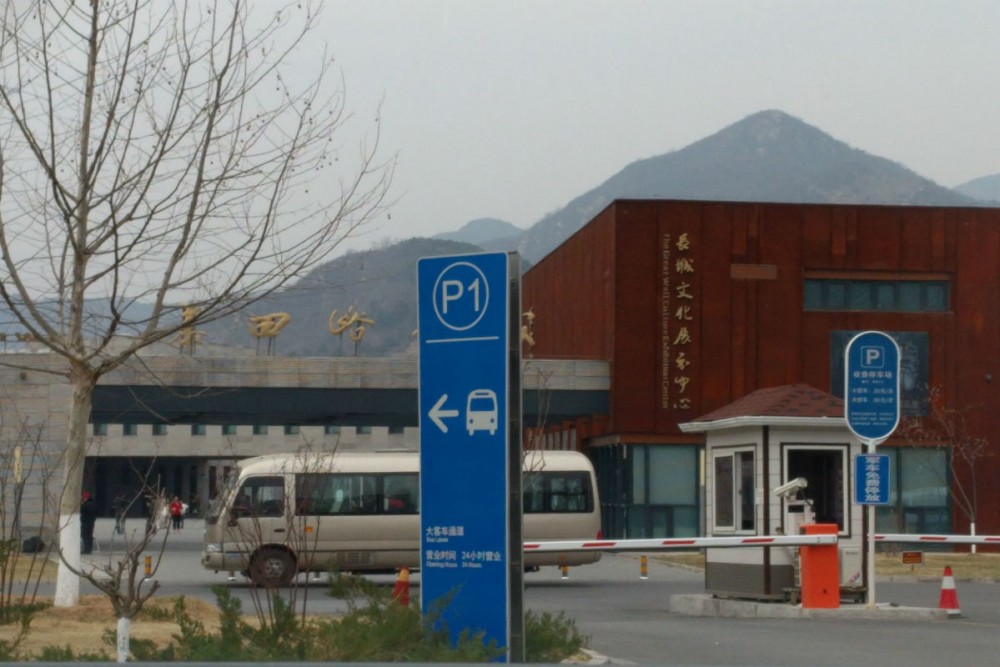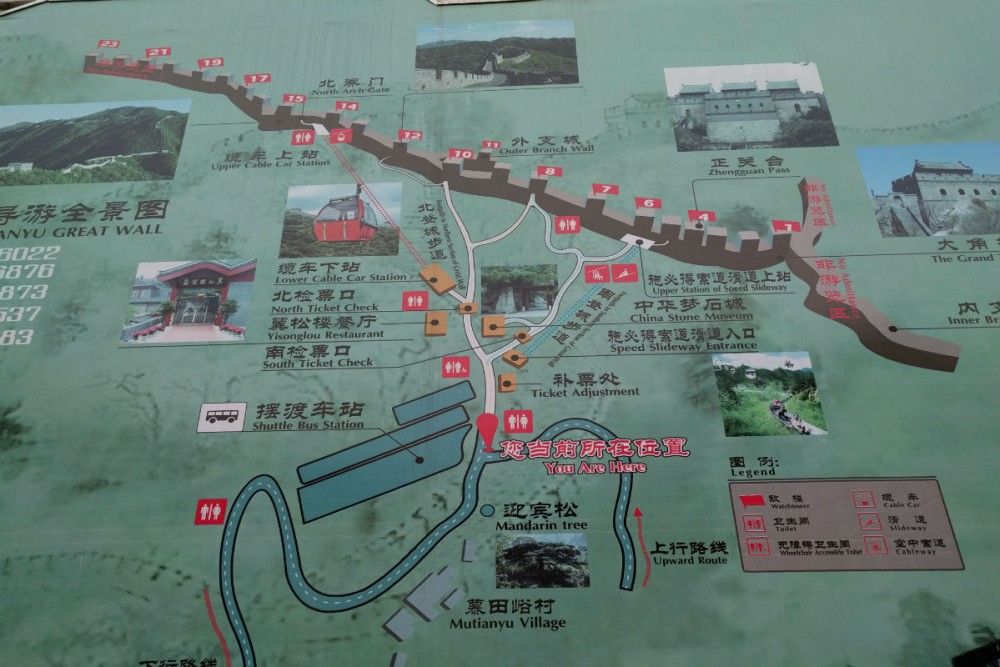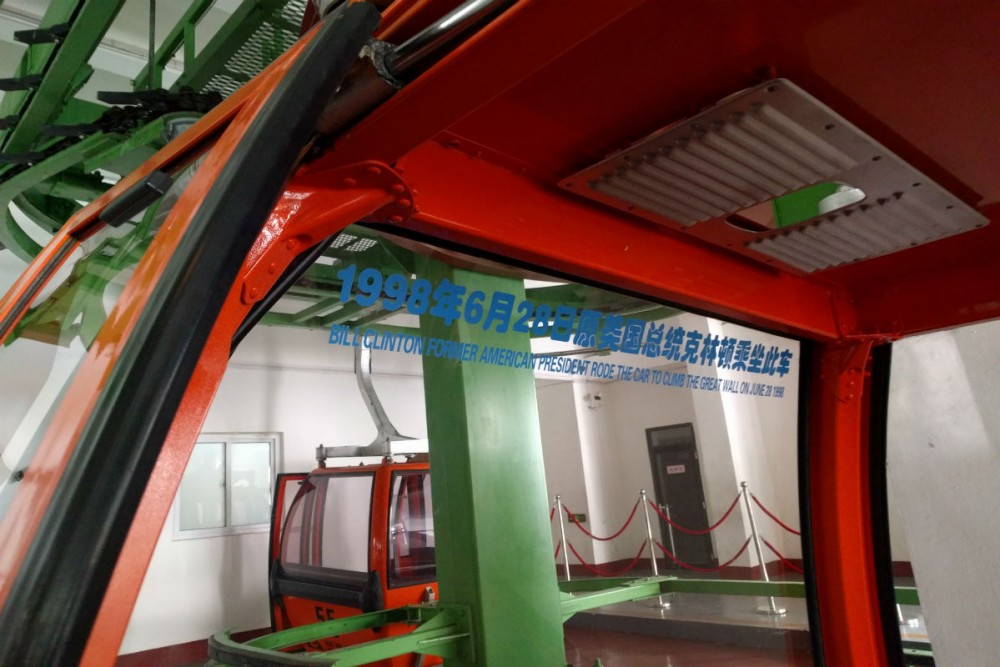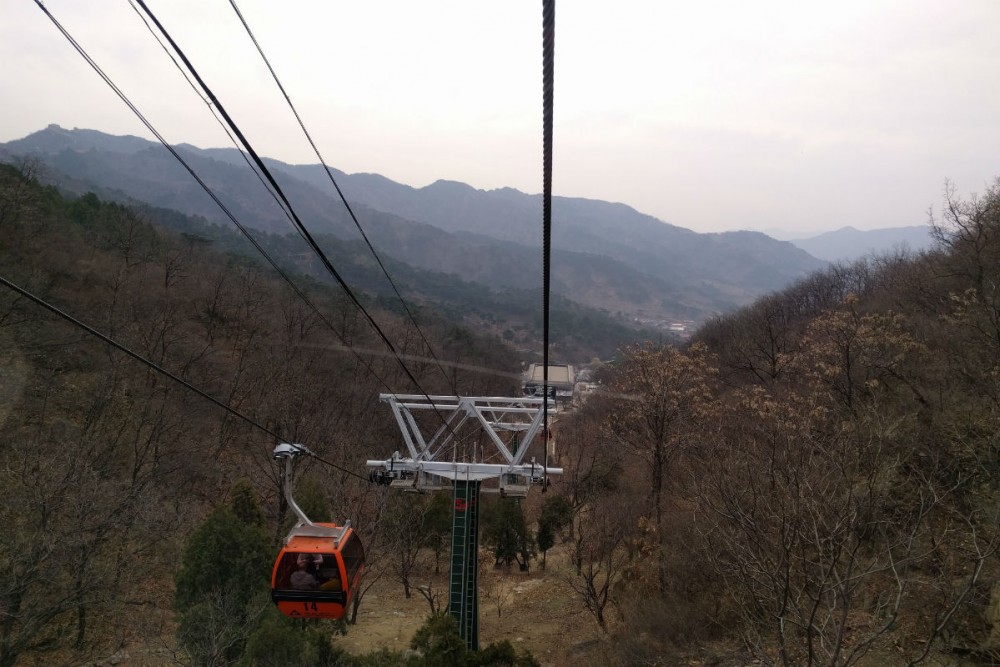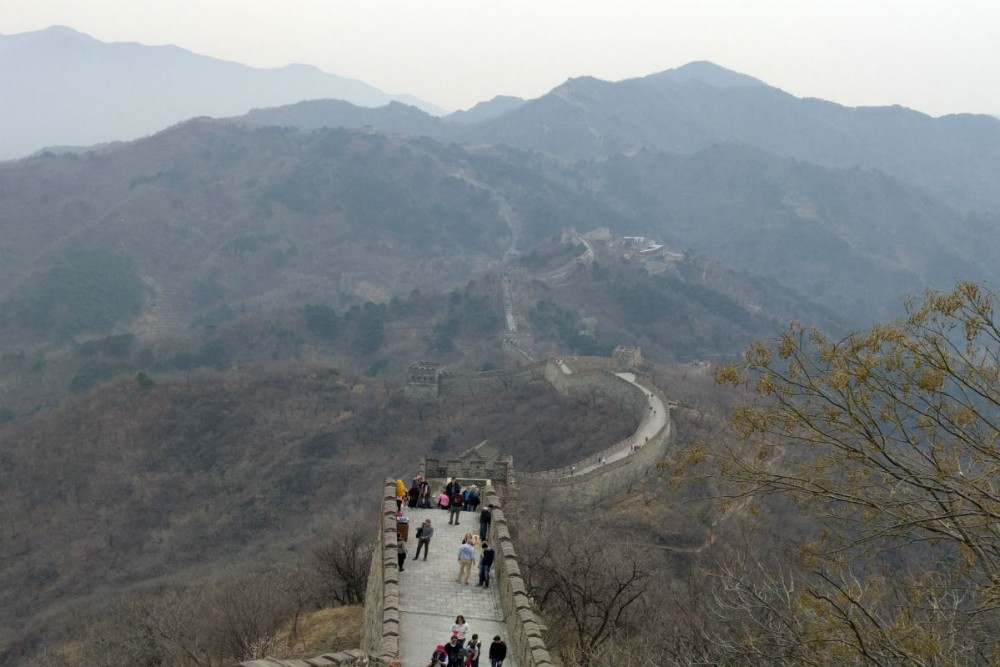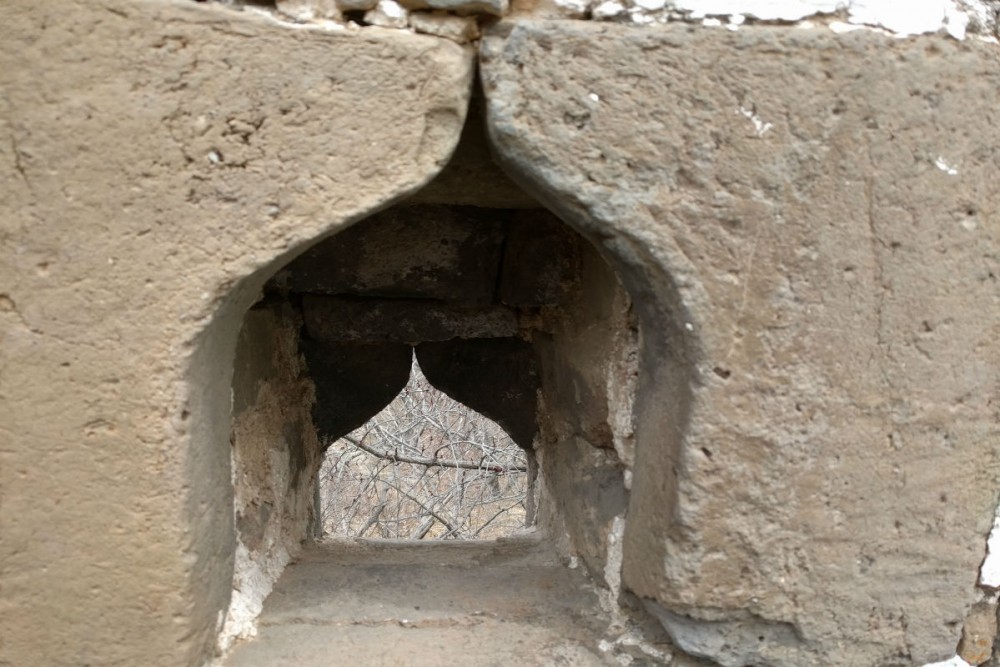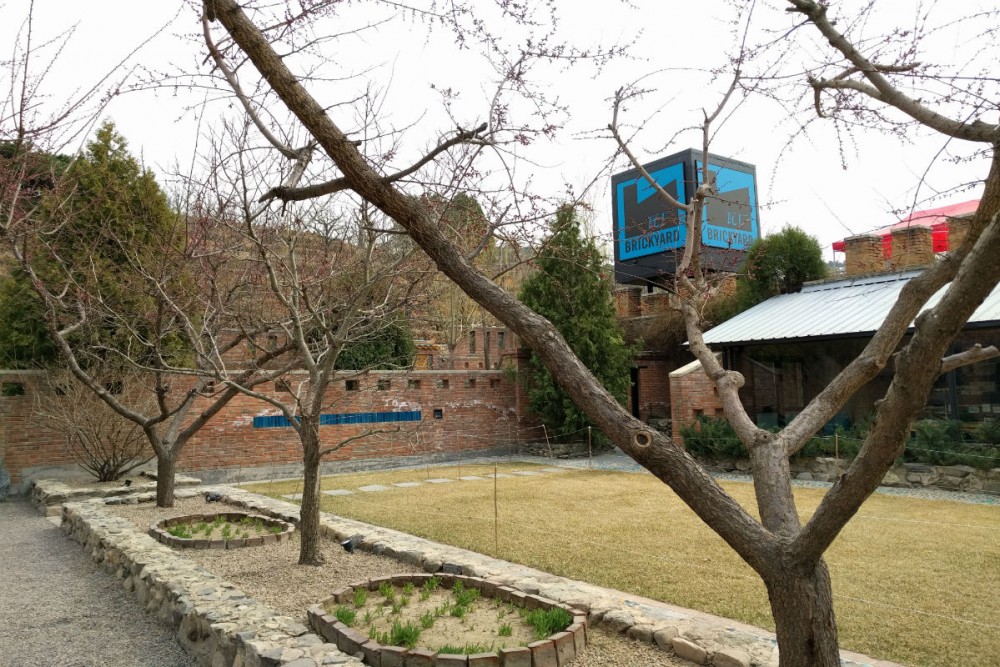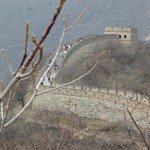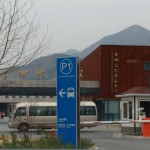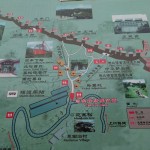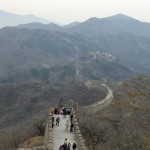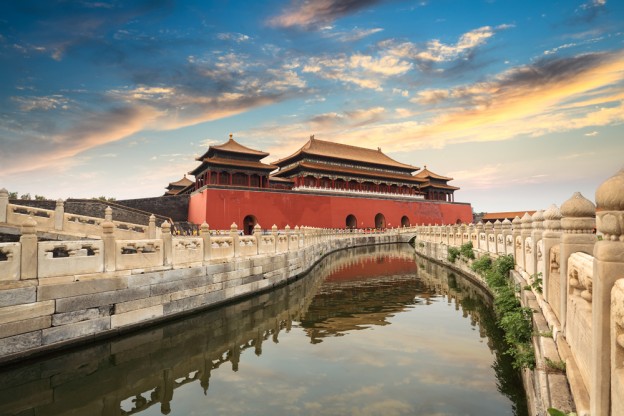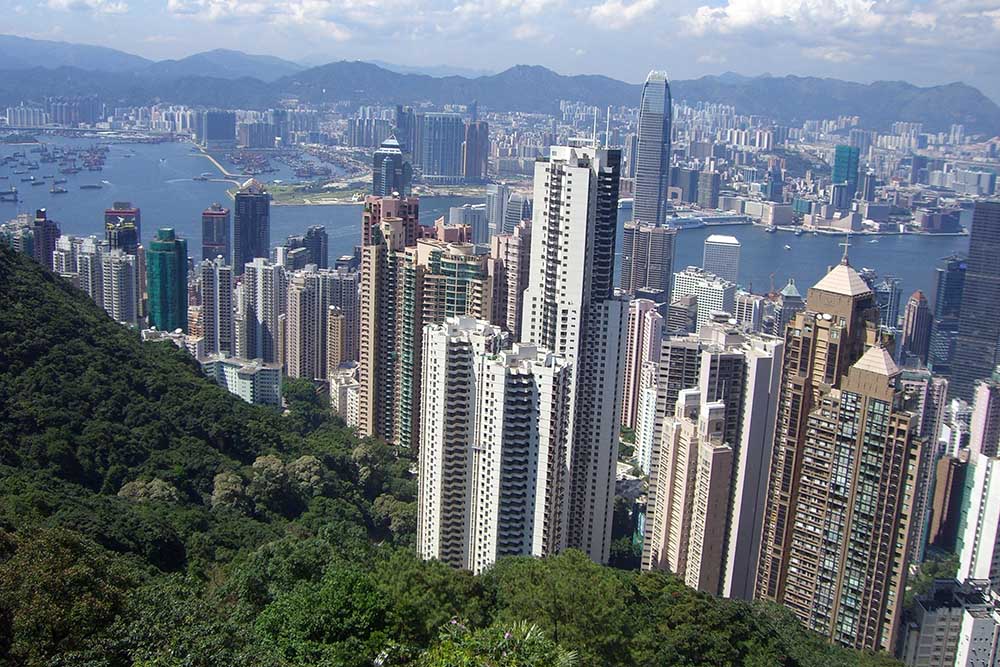Until the end of China’s zero-Covid policy last spring, it was difficult for travelers to enter the country. As soon as China opened back up, Trusted Travel Expert Mei Zhang booked flights to spend six weeks there, visiting her staff, family, and friends. We called Mei, now back home in California, to hear how her summer trip went. Here’s what travelers should know about China right now:
Prices are lower than you’d expect. Rates at luxury-brand hotels in China have long been cheaper than comparable properties elsewhere. Add to that the strong dollar and the absence of inflation in China, and the result is far less sticker shock than travelers are finding these days in Europe. For instance, rooms at the Mandarin Oriental Beijing are going for about $600 this fall, while rates at the brand’s sister hotel in Paris are usually more than $2,000 during the same period.
More flights are coming. Nonstops between the U.S. and China have been slow to resume, which has significantly increased fares. More flights are coming this fall, which will lower prices. We’ll update this article as airlines announce new routes.
The country’s high-speed train network is vast. With so many cities now connected by high-speed rail, travelers seldom have to endure domestic flights or long drives. Mei reports that the new trains are clean, spacious, and keep to the schedule; you can even order take-out food from a restaurant near the next station and it will be delivered right to your seat.

Li-An Lodge sits atop the “Dragon’s Backbone” rice terraces in Guangxi Province, China. Photo: Li-An Lodge.
Many UNESCO World Heritage sites are becoming more accessible. Four new spots in China have been added to UNESCO’s World Heritage list in the last five years, bringing the country’s total to 56. A lot of these natural and cultural wonders are in remote locations, but an increasing number are accessible from the 4-star hotels that are expanding deeper into China’s countryside.
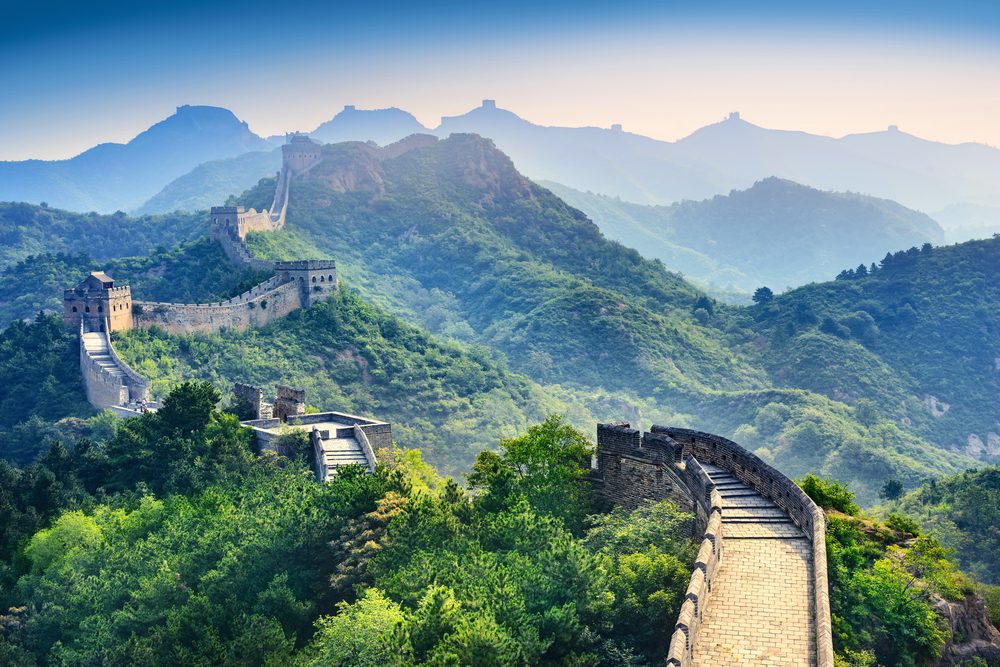
A savvy trip planner will send you to a quieter section of the Great Wall than the spots that most tourists visit. Photo: Shutterstock
Covid is an afterthought for most locals. Mei was surprised to find that masking was less prevalent in China than it was at home. Also gone are the widespread quarantines that made news when China was enforcing its zero-Covid policy. (These days, China and most other countries do not have specific isolation requirements for travelers with Covid.)
Most financial transactions now happen digitally. It’s hard to pay for anything in China these days with cash or even a credit card. Travelers must be comfortable adding their credit-card information to a mobile-payment app like WeChat or AliPay.
U.S. travelers are warmly welcomed by locals. Relations at the top levels of government may be frosty, but the geopolitical tension isn’t reflected in person-to-person interactions. Indeed, Mei believes travel is the best way to bridge the divide between the two countries. Her English-speaking guides—who have waited for more than three years now in hopes that travel would pick back up—are quick to go above and beyond for the first wave of travelers who are eager to visit China.
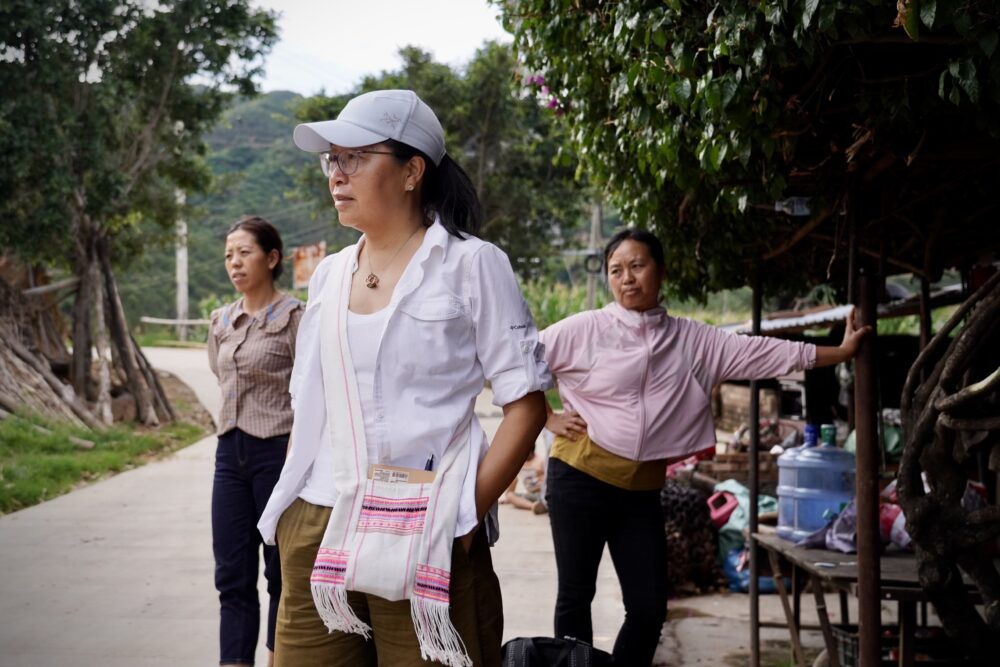
Trusted Travel Expert Mei Zhang sussing out the situation in China’s Yunnan Province this summer. Photo: Marina Zhang
Mei will be back in China next spring, doing field-study work for the PhD she’s pursuing through Berkeley. She will be inviting a small group of travelers to meet her for three days of hiking in Yunnan Province (where Mei grew up), to hear how development in the region has affected the culture and environment. If you’re curious to see China right now with your own eyes—or even join Mei there next year—click on the button below.
Be a smarter traveler: Sign up for Wendy’s weekly newsletter to stay in the know. Read real travelers’ reviews, then use the black CONTACT buttons on Wendy’s WOW List to reach out to the right local fixer for your trip.


